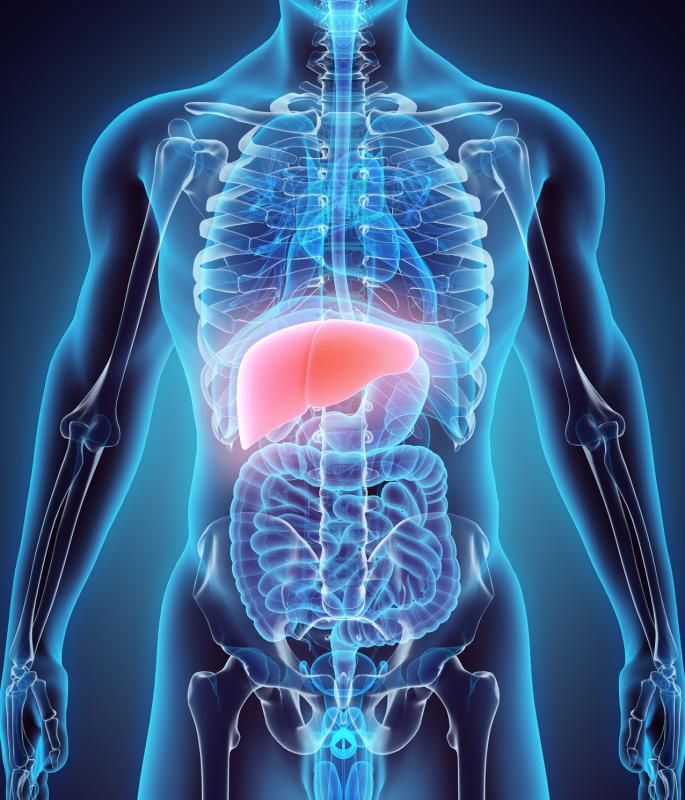
Obesity-related liver disease appears to have replaced hepatitis C virus (HCV) infection as the most common cause of chronic liver disease (CLD), due to the upward obesity trends as well as the introduction of direct-acting antivirals, and current data indicate that nonalcoholic steatohepatitis (NASH) is on trajectory to become the leading indication for liver transplantation in the US.
Researchers used data from the Scientific Registry of Transplant Recipients (2002 through 2019) to study liver transplant listing trends by CLD aetiology—such as chronic infection with hepatitis B virus (HBV) or HCV, NASH (including cryptogenic cirrhosis), alcohol-related liver disease (ALD) without or with chronic HCV infection, autoimmune hepatitis, primary biliary cholangitis, and primary sclerosing cholangitis—among patients with and without hepatocellular carcinoma (HCC).
The analysis included 168,441 patients with known aetiology and nonacute liver failure on the liver transplant waitlist, among whom 27,799 patients (16.5 percent) had HCC. In 2002, the most common CLD aetiologies in the non-HCC group were chronic HCV infection (37 percent) and ALD (16 percent); only 5 percent had NASH. In the HCC group, on the other hand, 58 percent had chronic HCV infection, while a smaller proportion of patients had ALD (10 percent) or NASH (1 percent).
In 2019, NASH had become the second most common reason for liver transplantation in both the non-HCC (28 percent) and HCC groups (24 percent), with ALD (38 percent) and chronic HCV infection (40 percent) ranking first in the respective groups.
In subgroups, NASH was the leading indication among women without HCC (34 percent), patients aged >54 years (36 percent), and those on Medicare (41 percent). Trend analysis revealed that the liver disorder was the most rapidly increasing indication for liver transplantation in both HCC and non-HCC populations (p<0.0001 and p<0.001).
The present data underscore a need for focused research and interventions to raise nonalcoholic fatty liver disease awareness, to establish the type of diet and exercise that support weight loss required to reverse liver steatosis, and on how to best identify high risk patients.